-
Welcome to Tacoma World!
You are currently viewing as a guest! To get full-access, you need to register for a FREE account.
As a registered member, you’ll be able to:- Participate in all Tacoma discussion topics
- Communicate privately with other Tacoma owners from around the world
- Post your own photos in our Members Gallery
- Access all special features of the site
2 ohms speakers
Discussion in 'Audio & Video' started by machman, Sep 3, 2009.
Page 1 of 3
Page 1 of 3


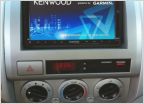 Kenwood 9980HD, + camera, + ipod, + PAC SWI-RC
Kenwood 9980HD, + camera, + ipod, + PAC SWI-RC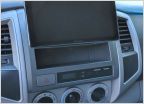 Which wiring bundles needed for new radio?
Which wiring bundles needed for new radio?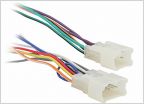 2013 tacoma radio problems
2013 tacoma radio problems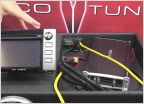 Recurve wiring question
Recurve wiring question Tablet as Radio
Tablet as Radio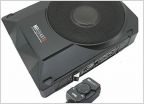 Under Seat Subs - built in amp
Under Seat Subs - built in amp












































































